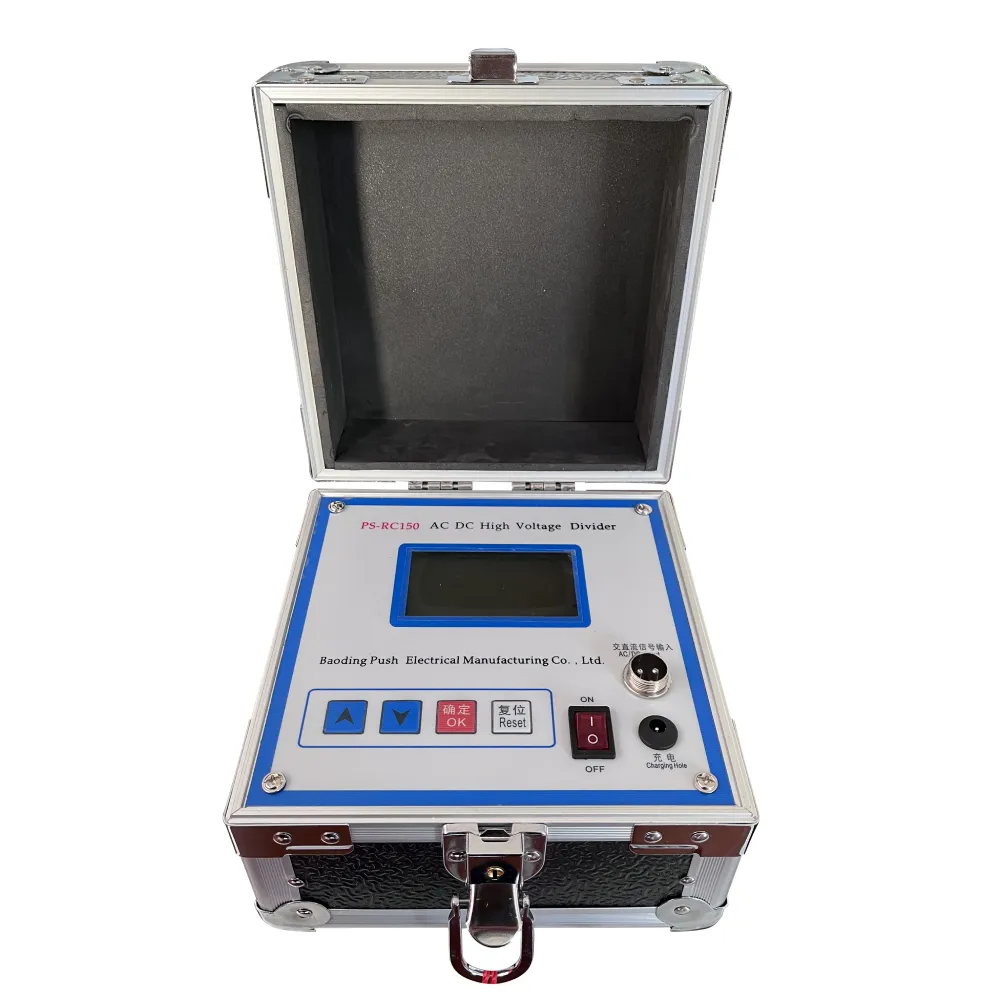 English
English


Assessing Power Quality for Improved System Performance and Reliability
Power Quality Analysis Importance and Methods
Power quality refers to the characteristics of electricity that enables electrical devices to operate satisfactorily. It encompasses a wide range of phenomena that can affect the performance of electrical systems and devices, including voltage sags, swells, harmonics, flicker, and imbalances. As our reliance on electronic devices and systems increases, the importance of maintaining high power quality has become critical for both industrial and residential applications.
Understanding Power Quality Issues
Poor power quality can lead to various problems such as equipment malfunction, increased operational costs, and reduced lifespan of devices. For instance, voltage sags, which are short-duration reductions in voltage, can cause sensitive equipment like computers and process control systems to shut down or malfunction. Similarly, voltage swells can result in damage to electrical components, while harmonics can create overheating in motors and transformers, leading to failures.
Another important power quality issue is flicker, which refers to the noticeable fluctuation of light levels, commonly caused by rapid load changes. Flicker can be particularly annoying in residential settings and can lead to discomfort and decreased productivity. Imbalances in three-phase systems, common in industrial settings, can cause efficiency losses and increased wear on electrical equipment.
Importance of Power Quality Analysis
Power quality analysis is essential in identifying and mitigating power quality issues. By monitoring and analyzing the quality of power supplied to systems, stakeholders can take proactive measures to enhance energy efficiency, extend the lifespan of equipment, and reduce unscheduled downtime. This analysis is also vital for ensuring compliance with industry standards and regulations, which have become increasingly strict due to the growing awareness of power quality implications.
power quality analysis

Moreover, power quality analysis facilitates better decision-making regarding system upgrades and the implementation of corrective measures
. For example, if harmonics are found to be an issue, solutions might include installing harmonic filters or upgrading transformers. Similarly, if voltage fluctuations are detected, it may be necessary to install uninterruptible power supplies (UPS) or voltage regulation equipment.Methods for Power Quality Analysis
There are several methods used to analyze power quality, ranging from simple measurements to complex simulations. The most common approach is the use of power quality analyzers, which can measure various parameters such as voltage, current, frequency, and total harmonic distortion (THD). These devices provide real-time data that can be used to identify issues quickly.
Another method involves the use of software tools for data analysis. This can include the analysis of historical data to identify persistent issues or the simulation of power systems to predict the impact of potential changes. Modeling and simulation software allows engineers to visualize power flows, assess the impact of disturbances, and develop strategies for improving quality.
Furthermore, advanced techniques such as wavelet analysis and artificial intelligence (AI) are increasingly being applied in power quality analysis. Wavelet analysis can help in the detailed examination of voltage and current waveforms, identifying disturbances that may not be visible through traditional Fourier analysis. AI can also assist in predicting potential power quality issues by analyzing patterns in historical data, enabling preemptive action to be taken.
Conclusion
As the world becomes increasingly reliant on electronic devices and complex electrical networks, ensuring high power quality remains a significant challenge. Power quality analysis plays a crucial role in identifying disturbances and implementing solutions to mitigate their effects. By employing various measurement and analytical techniques, stakeholders can enhance the reliability and efficiency of electrical systems, reduce costs associated with equipment failures, and create a more stable operating environment. In an era where power quality is pivotal for both industrial productivity and everyday convenience, investing in comprehensive power quality analysis is not just beneficial; it is essential.
-
Differences between open cup flash point tester and closed cup flash point testerNewsOct.31,2024
-
The Reliable Load Tap ChangerNewsOct.23,2024
-
The Essential Guide to Hipot TestersNewsOct.23,2024
-
The Digital Insulation TesterNewsOct.23,2024
-
The Best Earth Loop Impedance Tester for SaleNewsOct.23,2024
-
Tan Delta Tester--The Essential Tool for Electrical Insulation TestingNewsOct.23,2024





